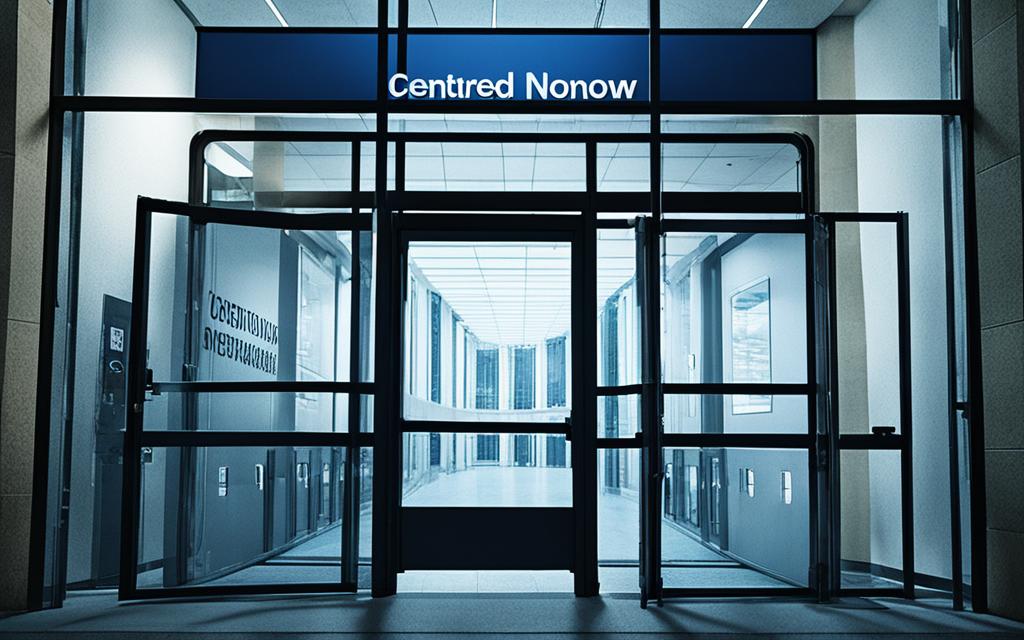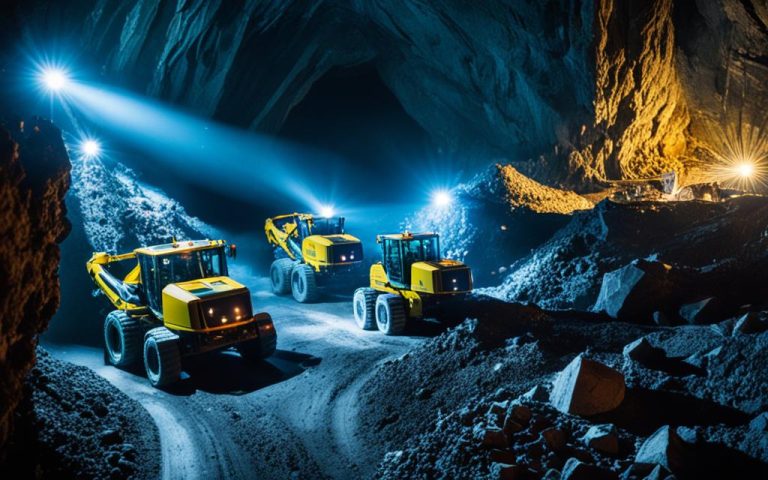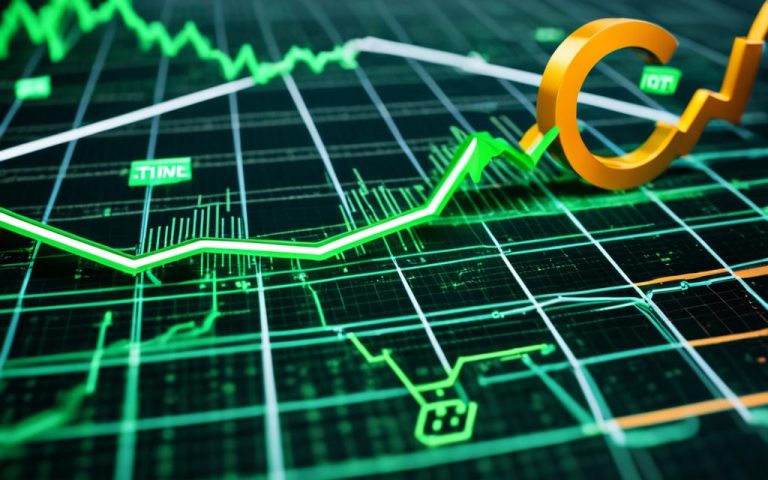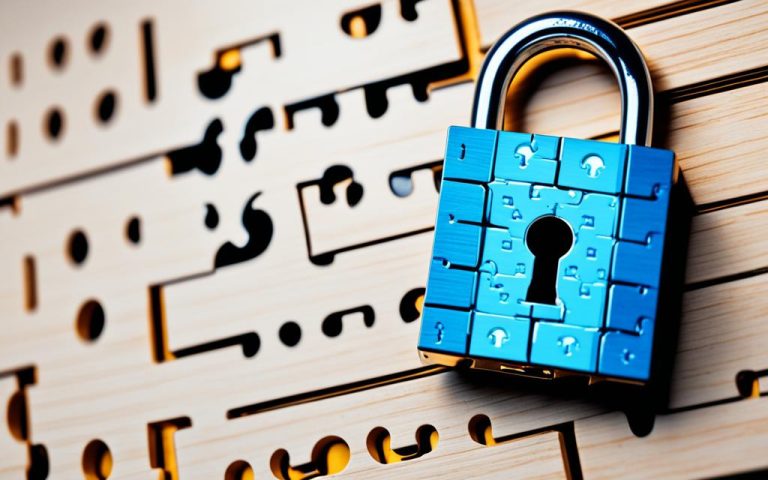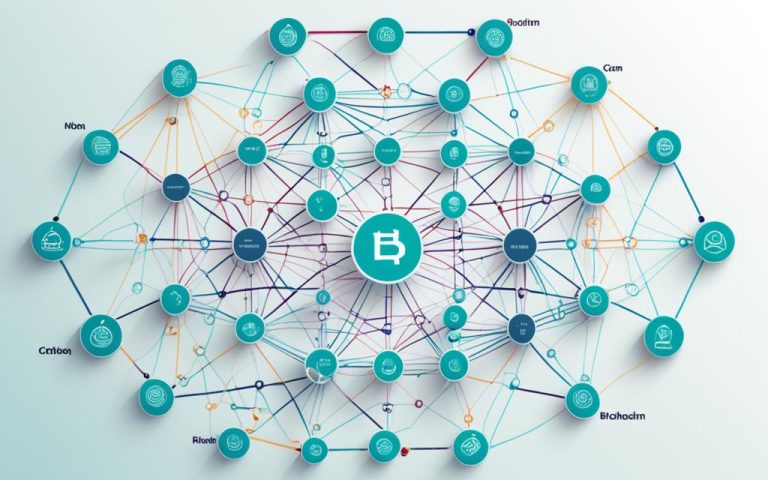The US Federal Reserve launched FedNow, a real-time payment system, in July after five years of hard work. It aims to make money transfers between banks and credit unions instant. Though it doesn’t use blockchain, it strives for the same goals, like quick peer-to-peer payments.
FedNow is not like decentralized platforms such as Ripple and Stellar, which are changing how payments work. It’s a centralized system run by the Federal Reserve, focusing on fast, secure, and efficient transactions. It stands apart but shares the dream of better payment processes.
FedNow doesn’t directly employ blockchain but uses the ISO 20022 standard for smooth operation. This standard allows for more data in each transaction. It ensures the system can handle complex payment information well.
FedNow did not partner with blockchain projects like Tassat, Metal Blockchain, or Dropp at first. But it’s important to watch this area as the U.S. moves fast to regulate things like Metal Blockchain.
Metal Blockchain grabbed attention in May 2023 with its partnership with the Federal Reserve. It’s fast, cheap to use, and can grow to meet demand. It meets legal standards, is secure, and works with many decentralized finance apps. This makes Metal Blockchain a forward-thinking choice for future payments.
So, FedNow doesn’t use blockchain itself but aims for similar things: instant payments, lower costs, and better compliance. As FedNow and blockchain evolve together, systems like Metal Blockchain may help create a new era of financial services. They promise speed, security, and a focus on the user.
How FedNow Differs from Blockchain Technology
FedNow, the Federal Reserve’s new service, is quite different from blockchain. While blockchain is open to everyone and spread out, FedNow is more like a private garden. It’s all run by one boss: the Federal Reserve.
Blockchain technology lets lots of folks join in. But not FedNow—it picks who can play. Since the Federal Reserve is in charge, only some groups get to use it.
FedNow being in charge means it can keep things stable and safe. But that also means it might not play nice with blockchain’s way of doing things.
FedNow doesn’t easily connect with blockchain tech. Blockchain is all about sharing and trading without any middleman. FedNow, though, has walls up. It’s not set up to mix with blockchain systems.
The people in charge have been slow to mix FedNow with blockchain. They didn’t include blockchain in their early plans. They might be worried about how well they can work together.
It’s important for those into blockchain to think about what FedNow means for them. By looking at what makes them different, we can talk and come up with new ideas. This will help the future of money and tech.
Future Implications for FedNow and Blockchain Technology
FedNow is centralized, while blockchain focuses on decentralization and putting users first. Web3 platforms like Ripple, Stellar, and Zebec change how we handle payments. They solve issues with old payment methods and make sending money around the world easy.
These platforms think about what users need, along with their privacy and safety. They’re also making it easier for more people to access financial services. As digital money and Web3 grow, more financial experts worldwide are turning to blockchain.
But central banks and similar organizations need to adapt quickly. They must meet the needs of businesses and users in this fast-changing digital finance world.
FAQ
Which blockchain is FedNow using?
FedNow does not use blockchain technology. Instead, it runs as a centralized closed system.
How does FedNow differ from blockchain technology?
Unlike blockchain’s open and global nature, FedNow is a closed system controlled from one place. It does not share blockchain’s open-source spirit or tech compatibility.
What are the future implications for FedNow and blockchain technology?
While FedNow sticks to central control, blockchain looks to spread power among its users. Platforms like Ripple and Stellar are shaking up how we handle money.
They’re making financial systems more inclusive. With its growing acceptance, blockchain is pushing banks to adapt to this digital era.

